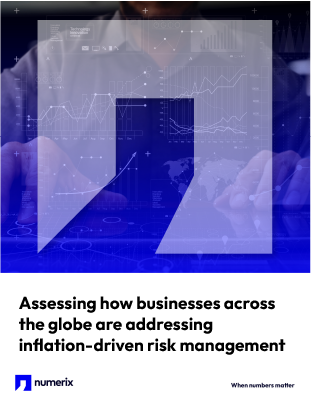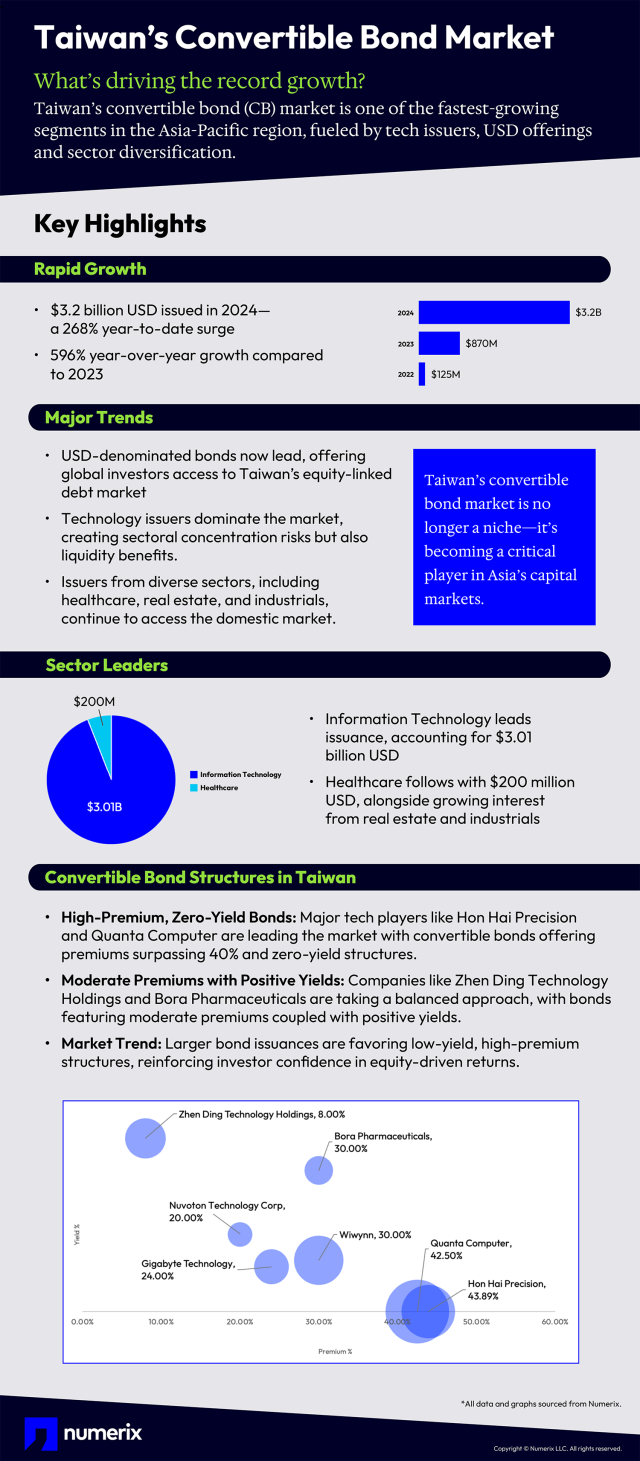
Assessing How Businesses Across the Globe Are Addressing Inflation-Driven Risk Management
The ultra-loose monetary policy of 2020-2021 drove inflation to a 40-year high of 9% in the U.S. in 2022, ultimately forcing the Federal Reserve to rush into its fastest hiking interest rate cycle in modern history. People were caught off guard when rates suddenly spiked and, unfortunately, some institutions didn’t manage those rate risks. The results were the string of banking failures in the U.S. and the acquisition of Credit Suisse by UBS in mid-March 2023, which were the latest in a series of stress events that had rocked financial markets.
The bank collapses appear to have been caused by asset liability risk management failures and showcased that inflation is a key challenge confronting banks and other financial institutions and is among the most difficult to manage.
To gain a deeper knowledge of the different ways banks and asset managers globally try to protect against inflation risk, Numerix distributed an internal Inflation Risk Management survey to its extensive global team of financial engineers and regional sales leaders based in the U.S./Canada, Latin America, EMEA and APAC to gain their input on the inflation-linked products and effective inflation protection vehicles Numerix clients are using to manage against today’s inflation risks, among other data.
This white paper presents the survey’s findings and brings to light the following:
- The inflation-related products being used by region
- The products used to hedge against inflation risk
- Countries that take the most aggressive approaches to managing inflation risk


